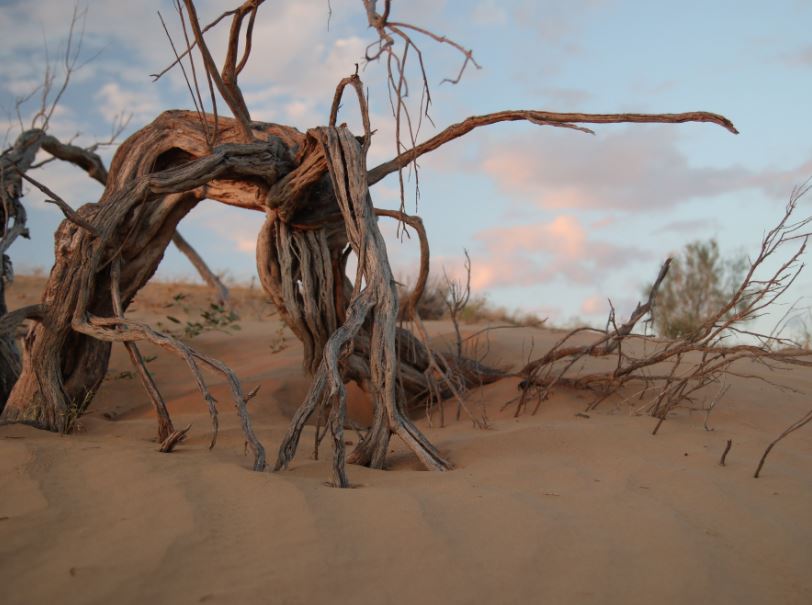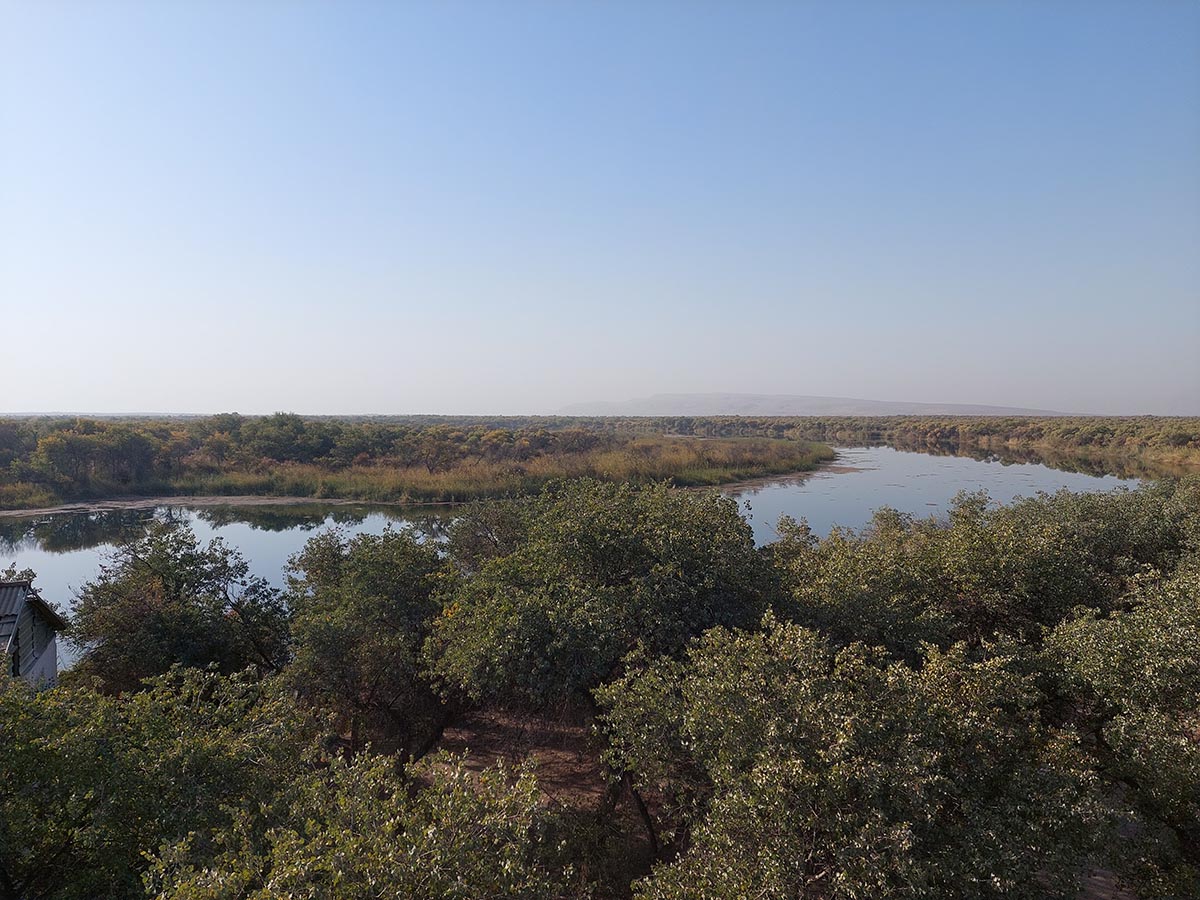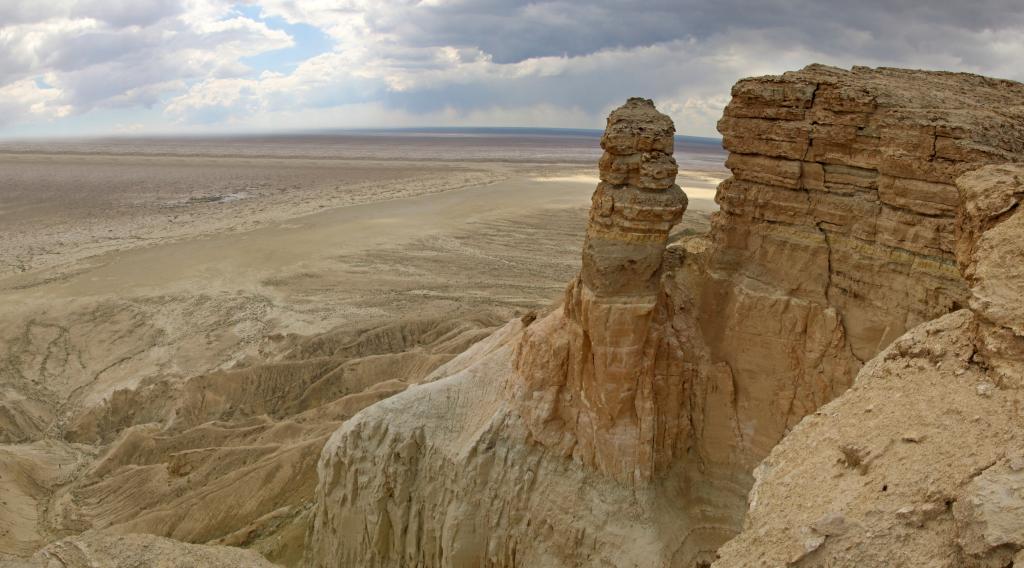Central Asian countries fill major gaps on World Heritage List – further to IUCN advice
Cold Winter Deserts of Turan and Tugay Forests of the Tigrovaya Balka Nature Reserve are newly added to the UNESCO World Heritage List, following IUCN’s advice and the dedicated work of national authorities and international experts who supported the nominations.
“With two new natural sites inscribed on the UNESCO World Heritage list, the region has demonstrated increased capacity to safeguard its most outstanding natural places and confirmed a strong commitment to transboundary and regional cooperation,” said Boris Erg, Director of IUCN’s Regional European Office. “IUCN congratulates Kazakhstan, Tajikistan, Turkmenistan, and Uzbekistan, and reiterates its unwavering commitment to supporting governments, civil society, and experts in protecting some of the world's most important and fascinating biodiversity,” he added.
IUCN’s report “World Heritage Thematic Study for Central Asia” identified both sites in 2020 as priority areas for future World Heritage nominations. The report also provides a set of recommendations for national authorities on how to improve the World Heritage process, ranging from reviewing national lists of potential sites to improving regional cooperation and providing training for effective management of protected areas, still very relevant.
Cold Winter Deserts of Turan
 Saxaul (desert) forests adapted to drought, Turkmenistan
Photo: Jens Wunderlich, Michael Succow Foundation
Saxaul (desert) forests adapted to drought, Turkmenistan
Photo: Jens Wunderlich, Michael Succow Foundation
The Cold Winter Deserts of Turan are the first cold winter deserts to feature on the World Heritage list. This unique landscape is transnational, shared by Kazakhstan, Turkmenistan, and Uzbekistan. Its climate is extreme, with very cold winters and hot and very dry summers. Still, it harbours emblematic species for this region, including wild herds of the vulnerable goitered gazelle, kulan, and the urial. It also serves as an important breeding and migratory area for bird species such as the eastern imperial eagle, the houbara bustard, or the saker falcon. The World Heritage status will now help strengthen these species’ conservation, currently threatened by overexploitation and large-scale infrastructure development.
Tugay forests of the Tigrovaya Balka Nature Reserve
 Tajikistan’s Tugay forests of the Tigrovaya Balka Nature Reserve contain the largest Tugay forest massif in Central Asia with many threatened species
Photo: IUCN Chimed-Ochir Bazarsad
Tajikistan’s Tugay forests of the Tigrovaya Balka Nature Reserve contain the largest Tugay forest massif in Central Asia with many threatened species
Photo: IUCN Chimed-Ochir Bazarsad
Tigrovaya Balka strictly protected reserve is situated in the Vakhsh River valley, in Tajikistan. Composed of a series of floodplain terraces covered by alluvial soils and containing some of the last remaining tugai forest in Central Asia, the reserve has long been considered one of the most important protected areas in the region in terms of species and ecosystem diversity values.
Other updates related to Eastern Europe and Central Asia
The World Heritage Committee has extended the Hyrcanian Forests site in Iran to Azerbaijan, adding highly valuable ancient forests to the World Heritage list. This unique forested massif has a history dating back 25 to 50 million years, home to top predators such as leopard, wolf, and brown bear.
Natural World Heritage sites are recognised as the most significant protected areas that provide life-supporting benefits to people and the planet yet face increasing threats. Read more about newly inscribed World Heritage sites for their natural values, which were evaluated by IUCN, the official advisor on nature under the World Heritage Convention, and discussed at the 45th session of the World Heritage Committee, held 10-25 September 2023 in Saudi Arabia.

